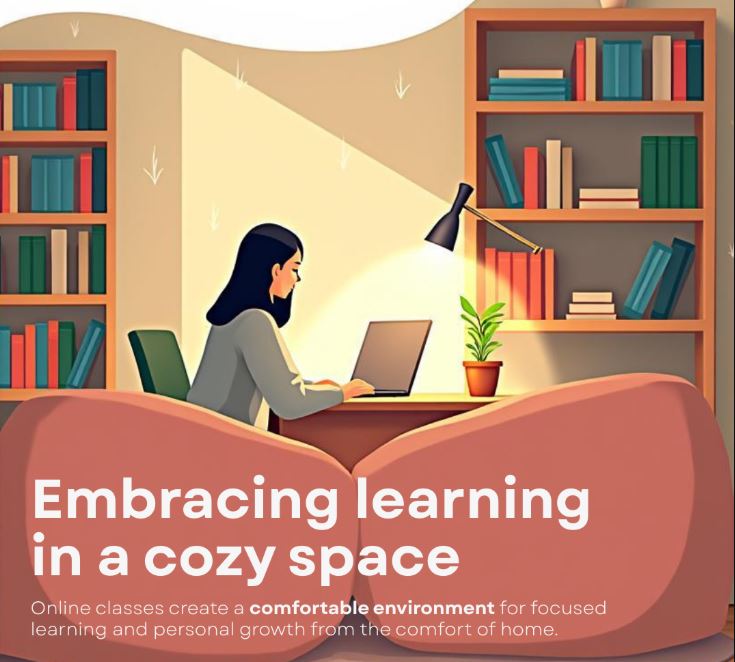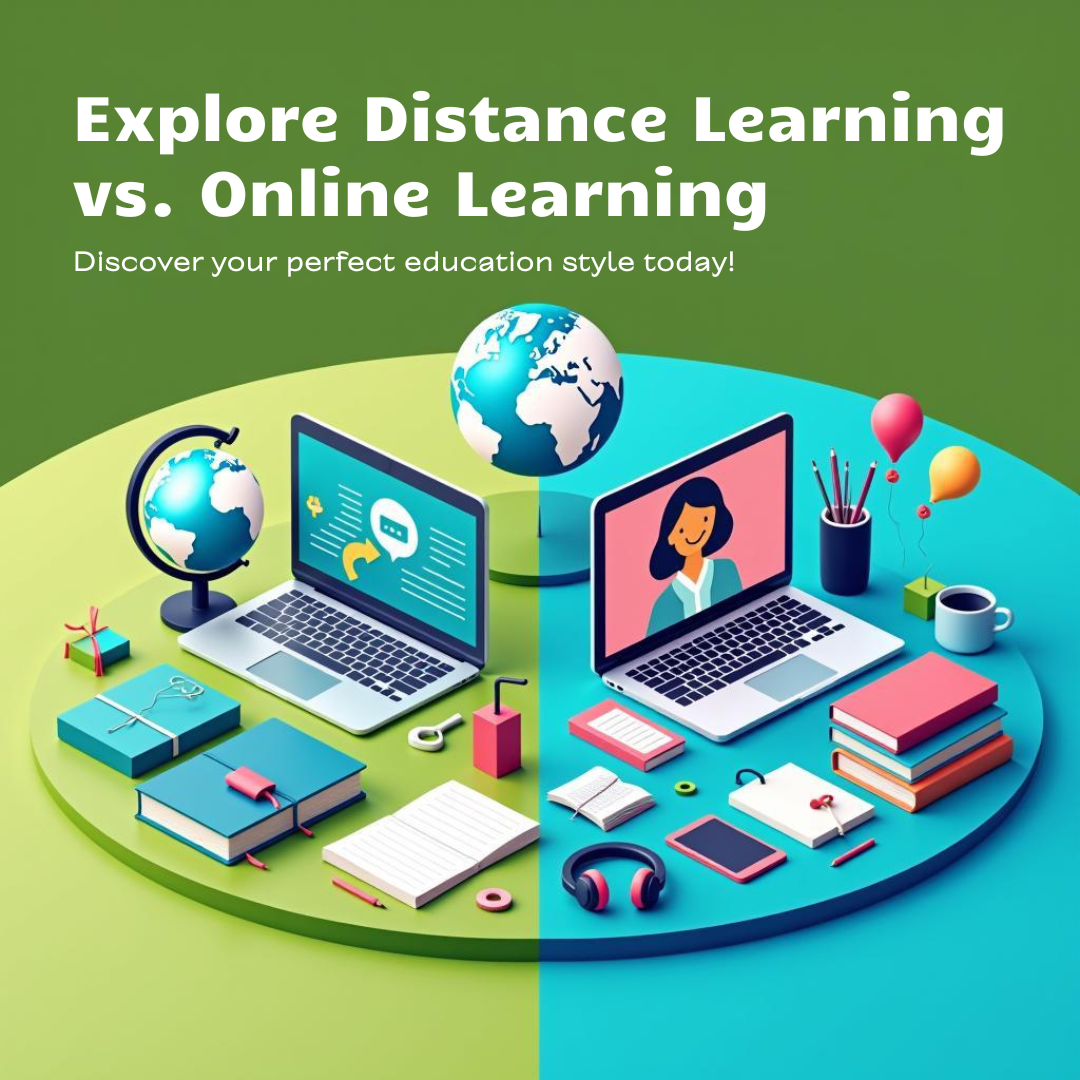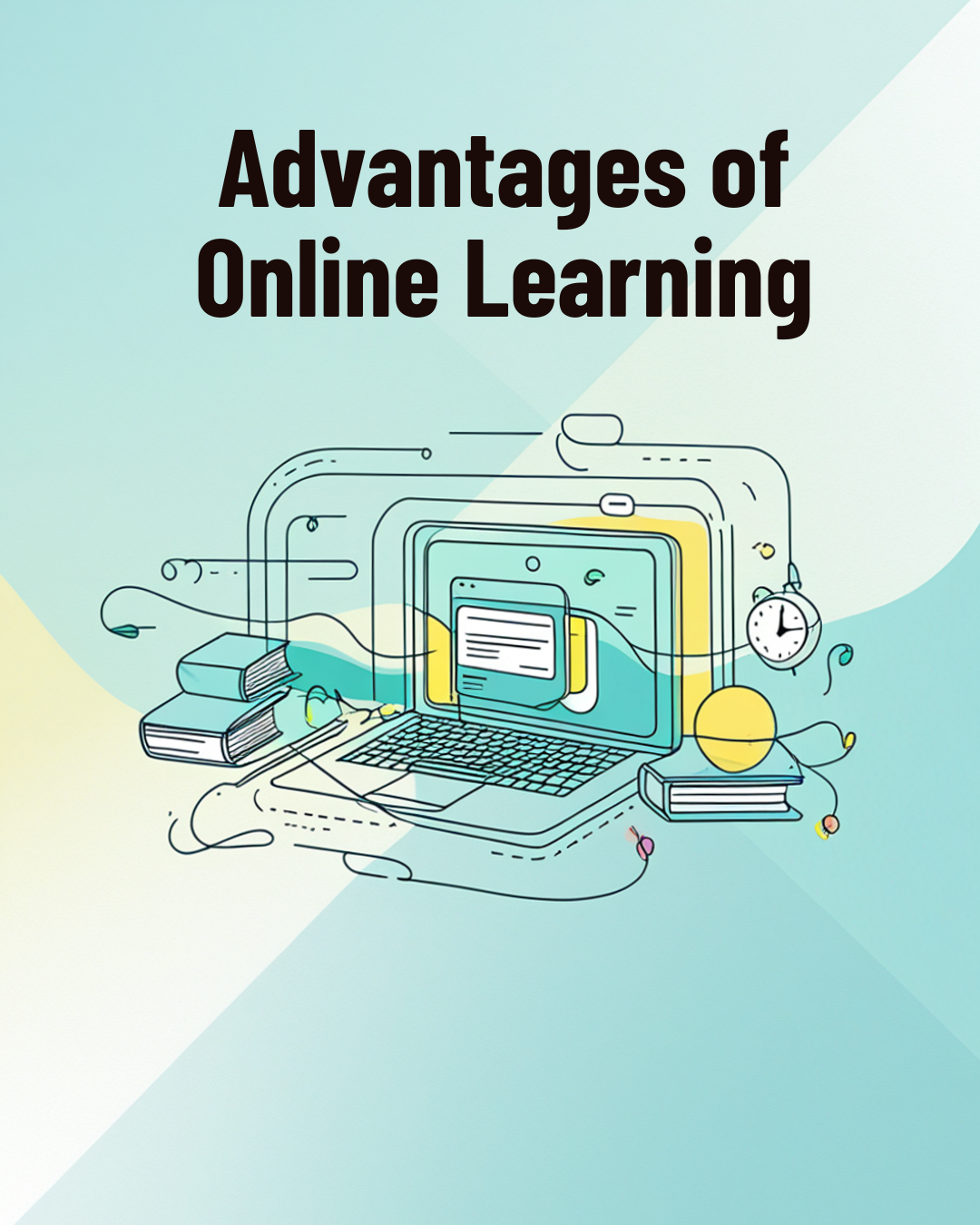
What is Online Learning: Top Advantages & Common Disadvantages Online Learners Face
Online learning has become a game-changer in the education sector, offering students the opportunity to access education from anywhere in the world. This flexibility, combined with the advancements in technology, has made online learning a popular choice among many learners. In this blog, we will explore what online learning is, the advantages of online learning, and the disadvantages online learning learners may encounter.
Table of content
Top Advantages of Online Learning 4
1. Flexibility and Convenience 4
3. Accessibility and Global Reach 5
4. Self-Discipline and Time Management 5
5. Personalized Learning Experience 5
Common Disadvantages Online Learning Learners Face 6
1. Lack of Social Interaction 6
2. Self-Motivation Challenges 7
4. Limited Hands-On Learning 7
5. Distractions and Time Management Issues 7
What is Online Learning?
Online learning refers to a method of education where instruction and learning take place over the internet using digital learning tools and platforms. These tools may include online learning platforms such as Moodle, Coursera, and Canvas, or specialised learning management systems (LMS) designed to facilitate learning and communication between specialists and instructors.
In contrast to traditional, in-person classes where students interact directly with teachers in a physical classroom, online education allows students to access course materials, videos, assignments, and discussions online. Students can work through the material at their own pace and on their own schedule, making it more flexible and accessible to a wider range of learners.
Through the use of technology, online education has transformed the learning landscape, enabling students and professionals to access educational content and resources from anywhere, at any time. Whether you’re working full-time, raising a family, or simply prefer to study from the comfort of your own home, online learning offers a level of flexibility and convenience that traditional education often cannot match.
Types of Online Education

Online learning offers several tools and resources tailored to meet the diverse needs of learners across various industries and academic levels. The two main types of online education are:
- Distance Learning: Distance learning allows students to study independently without requiring them to be physically present in a classroom. It is designed for learners who prefer more flexibility in terms of time and location. In distance learning, students typically study at their own pace, with limited real-time interaction with instructors. This is ideal for those who are working professionals or individuals who require a more self-paced learning environment.
- Online Learning: Unlike distance learning, online learning often involves real-time interaction with instructors or prerecorded lessons. This form of online education fosters better engagement through live classes, discussions, and peer interaction. This model is beneficial for those who want a more structured approach with a combination of flexibility and direct interaction with their instructor.
While both types of learning allow for flexible schedules, the key difference is the level of interaction with the instructor. Distance learning is less interactive and more self-paced, while online learning provides a more collaborative and interactive experience, often with scheduled classes and direct feedback from instructors.
Top Advantages of Online Learning

Online learning offers numerous advantages that make it a preferred option for many students. Here are some of the top benefits:
1. Flexibility and Convenience
One of the biggest advantages of online learning is its flexibility. With online learning, students can access courses and materials from any device with an internet connection. This flexibility allows learners to study at their own pace and on their own schedule, without the need to be physically present in a classroom. Whether you’re a busy professional, a parent, or someone who travels frequently, online education provides you with the freedom to study when it suits you best.
Additionally, students can balance their education with personal and professional commitments, making it easier to complete coursework and exams without disrupting their daily lives. This is particularly beneficial for working professionals who need to further their education but cannot attend traditional classes.
2. Cost-Effective Education
Online learning is often more affordable than traditional classroom-based education. By eliminating the need for physical infrastructure, such as classrooms, transportation, and accommodations, online education cuts down on various costs associated with traditional education.
Moreover, many online courses and programmes are more affordable compared to their in-person counterparts. This makes distance education more accessible to students worldwide, offering quality education at a fraction of the cost. Furthermore, students can save money on textbooks and other learning materials, as many online courses provide digital versions of reading materials or resources.
3. Accessibility and Global Reach
Another significant advantage of online learning is its accessibility. Distance learning breaks down geographical barriers, enabling students from any part of the world to enroll in courses offered by institutions across the globe. This is particularly beneficial for students in remote or underserved areas who may not have access to quality educational resources or traditional classroom settings.
Students can also choose courses and programmes that align with their specific interests and career goals, regardless of their location. With just an internet connection, anyone can access a vast array of online courses, making education more inclusive and available to a global audience.
4. Self-Discipline and Time Management
While online learning offers freedom, it also requires a high degree of self-discipline. Students must take responsibility for their own learning and manage their time effectively to stay on track. This is one of the key advantages of distance learning education—it encourages students to develop strong time management and organizational skills. These skills can benefit students not only in their education but also in their professional and personal lives.
With fewer external pressures and no strict schedules, students have the opportunity to develop these valuable life skills at their own pace, which can enhance their ability to succeed in both their academic and professional pursuits.
5. Personalized Learning Experience
One of the main advantages of online learning is the ability for students to tailor their learning experience to their individual needs and preferences. Online courses often offer a wide range of multimedia resources, including videos, quizzes, interactive simulations, and discussion forums. These resources can help cater to different learning styles and provide a more engaging experience than traditional textbooks alone.
Students can also access additional learning materials and take advantage of one-on-one tutoring or mentoring sessions if needed, further enhancing their learning experience. This personalized learning approach is ideal for students who require additional support or prefer to learn at their own pace.
Common Disadvantages Online Learning Learners Face

While online learning offers numerous advantages, there are also some disadvantages online learning learners may face. Understanding these challenges can help students better prepare for the online learning experience and take steps to overcome them.
1. Lack of Social Interaction
One of the most significant drawbacks of online education is the lack of face-to-face interaction. In a traditional classroom setting, students have the opportunity to engage in real-time discussions, collaborate on projects, and interact with their peers and instructors. However, online learning often lacks this level of social interaction.
This absence of in-person communication can make students feel isolated or disconnected from their peers, which may impact their motivation and sense of community. While online courses may include discussion forums and video conferences, they cannot fully replicate the dynamic interactions that occur in a physical classroom.
2. Self-Motivation Challenges
While the flexibility of online learning is an advantage, it can also pose challenges for students who struggle with self-motivation. Without a structured schedule or the presence of a physical instructor, some students may find it difficult to stay focused or meet deadlines.
The lack of external accountability can lead to procrastination or disengagement, especially for students who require a more structured learning environment. To overcome this, students must develop strong time management skills and create a study routine that helps them stay on track.
3. Technical Difficulties
Another common challenge of online education is the potential for technical difficulties. Students rely on the internet and various online tools to access course materials, participate in discussions, and submit assignments. However, technical issues such as poor internet connections, software glitches, or device malfunctions can disrupt the learning process and cause frustration.
In regions with limited access to reliable internet or modern technology, these technical issues can be even more problematic. As a result, students may struggle to fully engage with their coursework and experience delays in completing assignments or attending live sessions.
4. Limited Hands-On Learning
Certain subjects, such as programmes, engineering, and medicine, require hands-on experience to fully grasp the concepts. While online learning offers theoretical knowledge, it may not be able to provide the same level of practical experience that traditional classroom learning can.
Although some online programs incorporate virtual labs or simulations to provide hands-on experience, these cannot fully replicate the tactile learning that takes place in physical classrooms or labs. For students in fields that require practical application, this can be a significant limitation.
5. Distractions and Time Management Issues
While online learning provides flexibility, it also comes with the risk of distractions. Without the structure of a traditional classroom, students may struggle to maintain focus and discipline when studying at home or in other informal settings. Household distractions, social media, and other personal responsibilities can pull students away from their coursework, leading to procrastination or incomplete assignments.
Students must develop strong time management skills and find ways to create a dedicated, distraction-free study environment to avoid these pitfalls.
Conclusion
Online learning is a transformative force in education, offering numerous advantages of online learning, such as flexibility, cost-effectiveness, accessibility, and personalized learning. However, it also comes with some challenges, including a lack of face-to-face interaction, technical issues, and the need for strong self-discipline. By understanding both the advantages of distance learning education and the disadvantages of online learning, students can better prepare for their educational journey and m-learning and make the most of the opportunities that online learning offers.
As online education continues to evolve, it is clear that it will remain a powerful tool for learners seeking flexible, affordable, and accessible education. By embracing both the benefits and challenges of distance learning, students can successfully navigate the world of online education and achieve their academic and professional goals.

